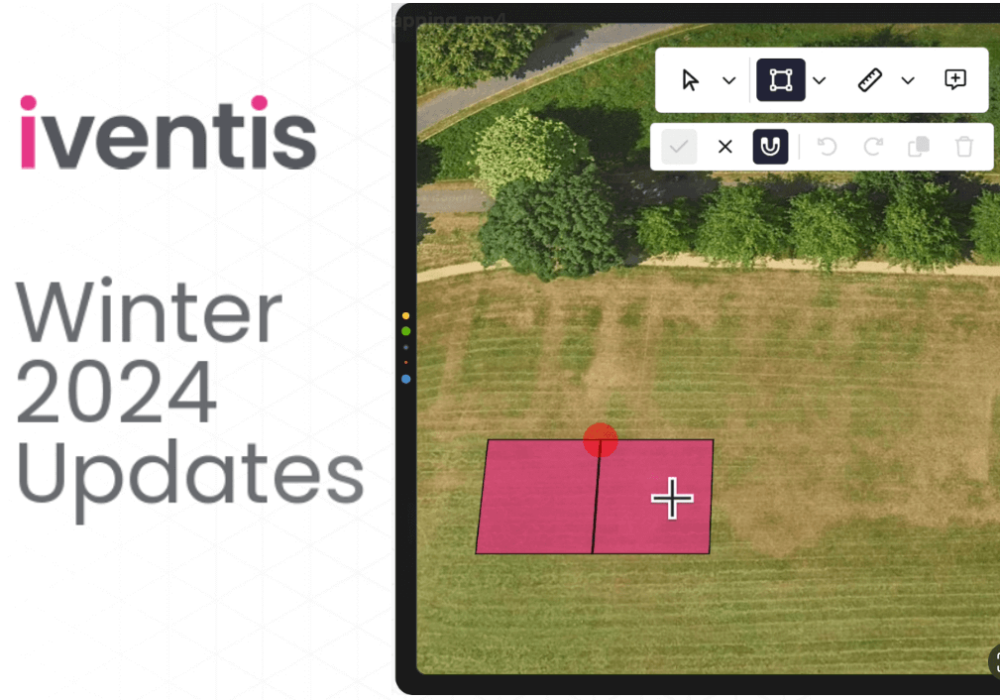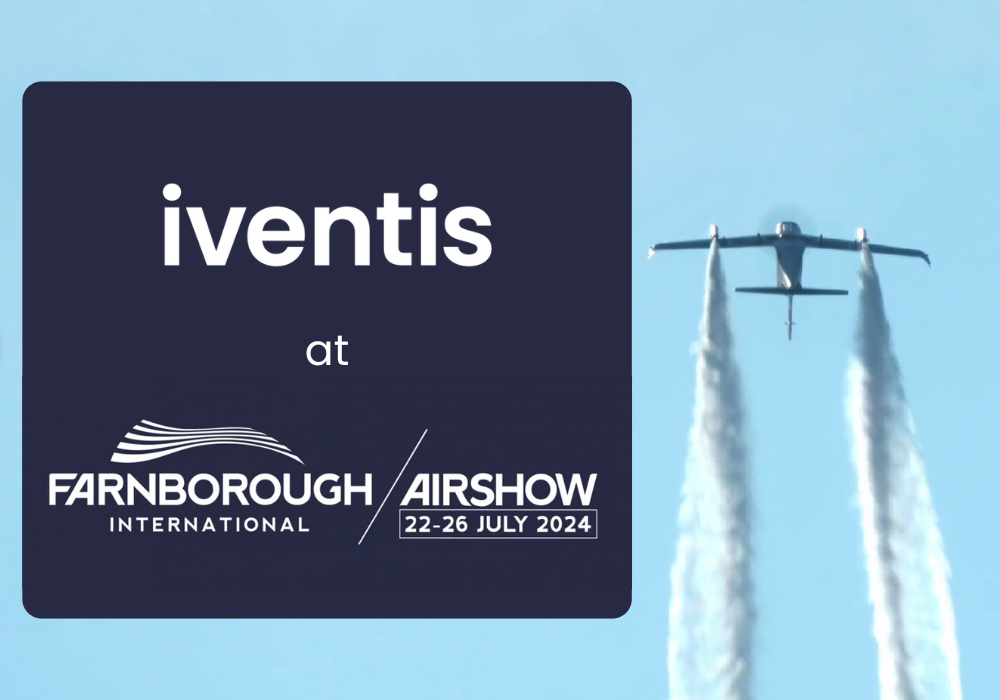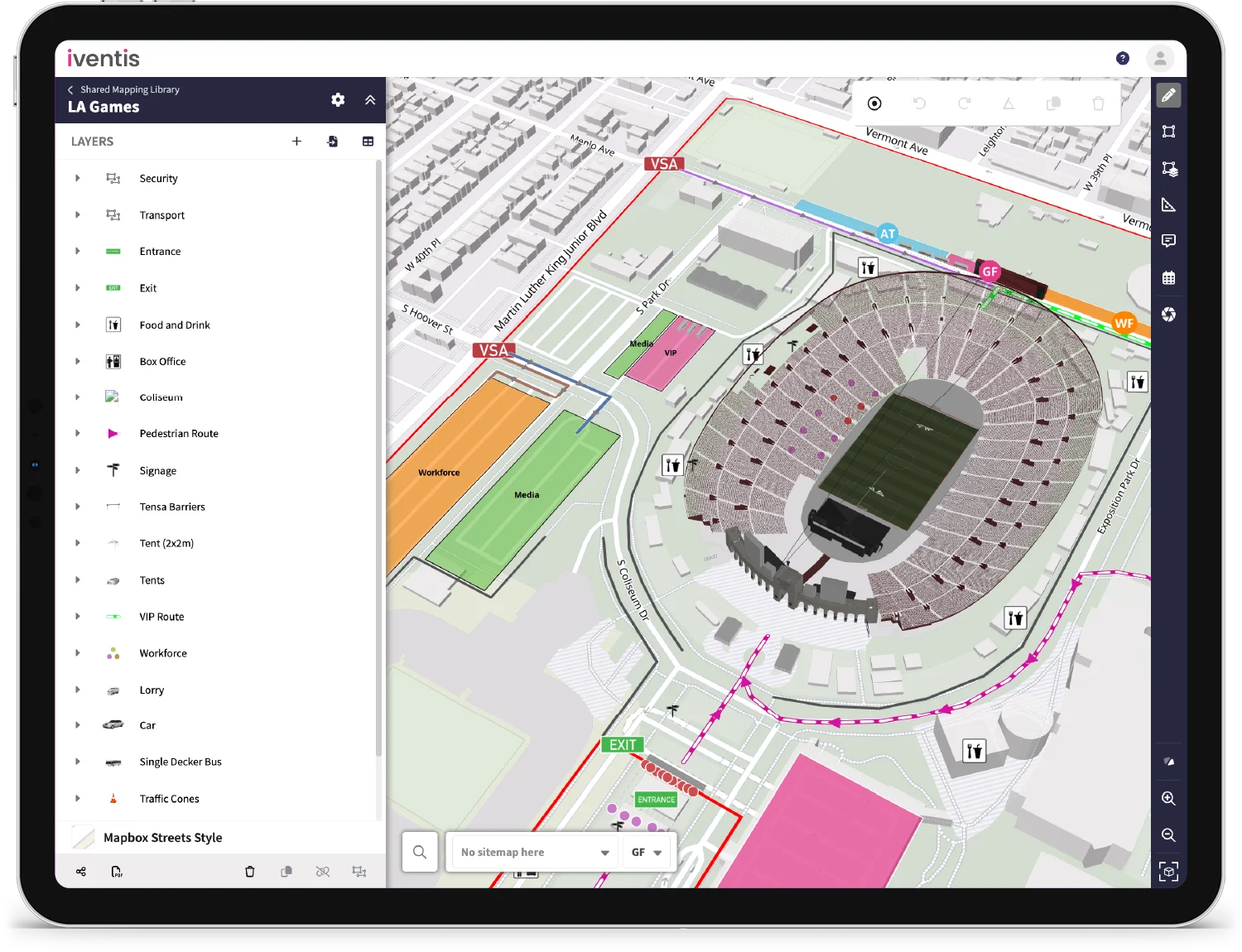Events at any scale are complex undertakings that rely on the success of many moving parts. How the event performs is the direct result of the committees, organisers, managers, suppliers and volunteers working to deliver an engaging, safe and memorable experience. When so much of an event’s success depends on staffing, implementing an effective workforce planning strategy is crucial.
The events industry is inherently full of disruption and change, from attendee considerations to logistical intricacies, planning permissions to budgetary constraints. This dynamic environment heightens the importance for a meticulously organised, adaptable and efficient workforce strategy. So, how can event organisers ensure that they staff their event in the most efficient way possible?
This blog explores the importance of workforce planning in the events sector, explaining its fundamental role in successful event execution. Read on to discover how to deliver an effective workforce management plan at any scale.
What is a workforce plan?
A workforce plan is the result of strategic decision-making around the recruitment, positioning, and maintenance of all event staff. It requires a balance between anticipating workforce supply and demand with cost efficiency and impacts numerous aspects of an event. For example, a workforce plan is crucial for guaranteeing adequate security personnel , and sufficient custodial staff to maintain the event venue or grounds.
Fundamentally, workforce plans are essential for resource optimisation. They should take into consideration staff deployment, skill distribution and task allocation, to maximise efficiency and mitigate risk.
Proactive planning
A good workforce management strategy enables event organisers to work proactively, predicting issues before they arise and ensuring that the workforce is equipped to handle them. Workforce planning forecasts the ebbs and flows of an event, ensuring that the right personnel are stationed where and when they are needed.
The importance of workforce planning for events
The impact of workforce planning throughout an event’s lifecycle is extensive but is most prominent in areas such as operational efficiency and visitor satisfaction, both of which can make or break the overall success of an event. An event’s workforce is important both behind the scenes and in its visible presence to event visitors, influencing far more than just the initial planning phases of an event. Consequently, it’s important that the plan is thorough, strategic and adaptable.
Smooth operations
Your workforce is the group of people that gets things done, so it makes sense that a well-oiled event operations machine has the correct cogs, capable of working in harmony. From set-up crews and technical experts to hospitality staff and volunteers, each role is fundamental to the operational efficiency of an event. A well thought through workforce plan anticipates resourcing requirements and enables organisers to align resources with demand throughout an event’s planning and delivery phases.
Visitor satisfaction
The experience of attendees is paramount in any event, and your workforce can significantly impact this. A workforce plan should ensure that every visitor experience– whether that’s during registration, a customer service interaction or within less visible services like security or crowd control – is manned by individuals that possess the right level of skill and training. By deploying staff that are experts in their respective fields, you can elevate the visitor experience, ensuring that attendees feel safe, supported and welcomed throughout the event.
Event success
A well-staffed and appropriately skilled team can enhance the efficiency of your event. However, it can also help to reduce errors and enable greater flexibility – a crucial factor in the ever-changing event landscape. Through minimising mistakes and providing the appropriate levels of service, your workforce has the capacity to be the deciding factor between a mediocre event and a great one.
The result of inadequate workforce planning
As key factors of your event’s success are intrinsically linked to the quality of your workforce plan, it’s unsurprising that inadequate planning can lead to significant issues. Both over- and under-staffing, for example, present their own set of challenges.
Overstaffing can needlessly strain budgets and create surplus staff who might seem bored or unproductive to your attendees.
Understaffing can overwhelm teams, cause delays in setups, and result in errors that damage customer service, staff satisfaction and overall event contentment.
In both scenarios, the repercussions can impact the event’s logistics, finances and the experience of attendees, ultimately tarnishing the event’s success and reputation. Given the nature of the events industry, these consequences can extend far beyond immediate effects. How your event is planned and delivered forms its reputation throughout the years, especially in the case of recurring events.
As many events professionals operate on freelance or contract terms, there is a high likelihood that they may be approached for future roles within your event. If they‘ve previously encountered poor planning, or know someone else who has, they are more likely to decline the role – jeopardising your future workforce.
Who to consider
The staffing requirements for an event vary significantly depending on factors like the type of event, budget, location and various other factors. However, typically events are staffed by a combination of committee members, full-time organisers, contracted professionals, suppliers, and volunteers. It is crucial to consider factoring in these groups during the workforce planning process to create a comprehensive strategic framework.
Committees and organising bodies
If you’re involved in an event – whether as a volunteer on the day or as a member of a commissioning body, committee or board – you are part of the workforce. However, a committee, typically found in major and mega events, is often established well in advance of the event and includes those who regularly collaborate with the event’s owner, organisation or group.
Committee members are finalised long before the event commences, and these individuals don’t usually need to be included in any operational or functional workforce plans like dot plans or shift patterns. However, it is important that the committee possesses a broad range of specialisms, insights and experiences, to ensure an impartial and comprehensive management approach for the event.
Contracted professionals and suppliers
The majority of your technical workforce is likely to be contracted to implement the day-to-day elements of their specialism. This can range from security managers to transport experts, and even workforce managers, who will create and execute the workforce plan. It also includes consultants and event suppliers that have been contracted to supply a specific role or functional area.
This group typically encompasses managers who oversee specific operations, so should be hired after the committee is finalised. However, hiring should take place before the event planning gets into full swing. This is because your contracted professionals are often those translating plans into action, so they need to be present early to understand the event’s objectives and nuances.
Volunteers
Major events such as large-scale sporting events or festivals commonly use volunteers to bolster their workforce. However, the practice isn’t isolated to the large events as smaller events are increasingly relying on volunteers. While often tasked with spectator services or transport stewarding, volunteers can work in almost every functional area.
There is a large community of events volunteers across the world, which can be overwhelming for organisers to sift through. However, companies like EventVolunteers make it easy to find, hire and manage volunteers in one platform. Volunteers can be involved from the planning stages through to event delivery and tear down. Consequently, workforce managers should look to secure a volunteer workforce as soon as the event requirements are clear.
Stages of workforce planning

Once you’ve identified the necessary workforce groups for your strategy, taking a step-by-step approach ensures comprehensive coverage.
- Identify your event’s requirements. Understand your event’s specifics – indoors or outdoors? Is there parking? How many visitors are you expecting? Identify all functional areas and their required personnel, as well as any glaring issues or shortcomings that may need addressing.
- Isolate your budget. Your budget is likely fixed – or has limited negotiating room – so is ultimately crucial in shaping your workforce strategy.
- Design your ‘ideal’ workforce. If money was no object, how would you assign roles to ensure success? Map out roles and numbers using a dot plan to establish the ideal number for each functional area.
- Research salaries. If you’re hiring individuals, research the going rates for the role to ensure you are in line with market expectations. If you are using agencies or suppliers for a variety of personnel within a functional area, reach out to a few to gauge availability and price
- Reassess against your budget. Compare your ideal workforce costs against the budget. Is it achievable? If not, use the ratios behind your ideal workforce budget and apply them to your approved budget. For example, you might want to spend twice as much on security as AV production. To do this, find the same ratio in your allocated budget and use this for the basis of your calculations.
- Decide appropriate cuts or additions. Cutting down on costs is never easy, but it’s important to ensure that you don’t remove crucial elements that will prove detrimental to the operations of a specific functional area – or the event itself. Instead, look at what volunteers can cover. Transport, spectator services, stewarding and hospitality are all common area for volunteer resourcing. This will ensure you are spending the budget where you need it the most.
- Create a finalised plan. Once your workforce is approved within your budget, plot out the final locations of staff using a dot plan. This can help you to visualise the resourcing, ensuring adequate personnel placement and forming the basis for shift scheduling.
- Hire your teams. As previously discussed, different personnel need to be hired at different times. However, at this stage, you should secure the majority of your hires across each level and functional area. For volunteer teams, reaching out to platforms such as EventVolunteers can help to streamline the process.
Event delivery
The role of the workforce manager doesn’t stop with hiring. Functional area managers should oversee their staff, but the workforce manager maintains responsibility for ensuring a safe and efficient workforce. This involves listening and adapting to any needs of functional area managers to provide the best conditions for their teams. Also, the workforce manager should ensure that the appropriate workers are briefed and updated before and during the event.
Ready to plan your workforce?
From small events to global workforces, implementing best practice in your workforce is a complex task. However, following these steps can help you to ensure that your event staffing is safe, efficient and within its means.
Want to find out how the Iventis Planner can help you plan your workforce effectively? Speak to an expert today.





